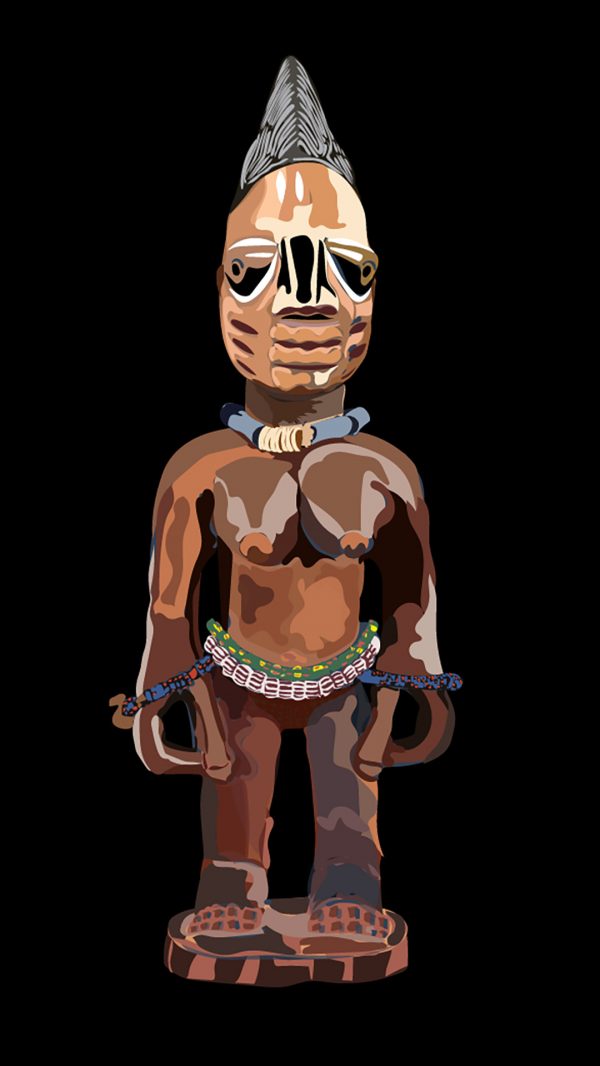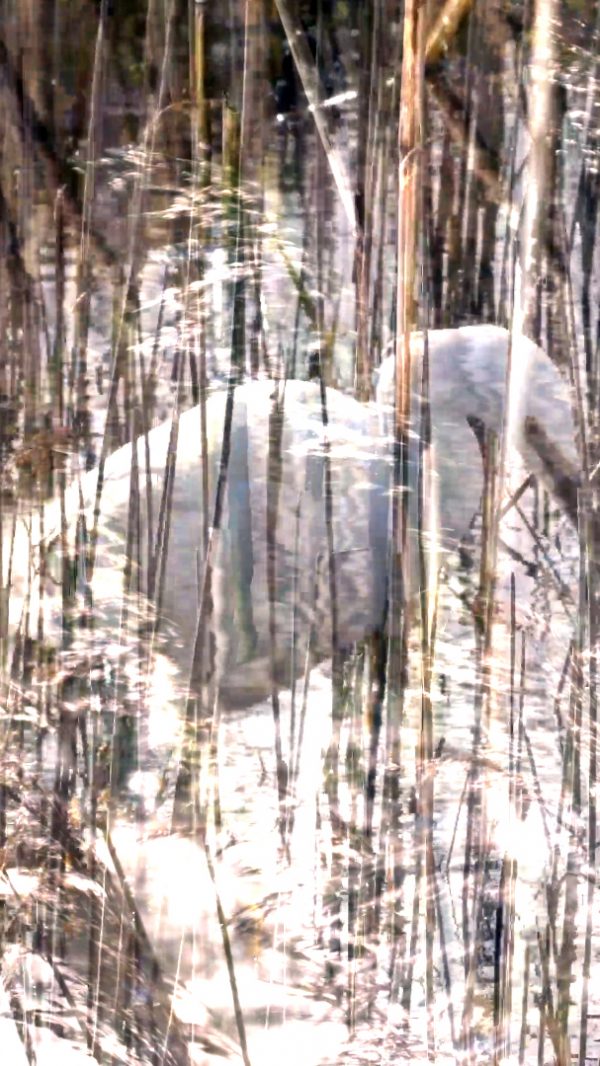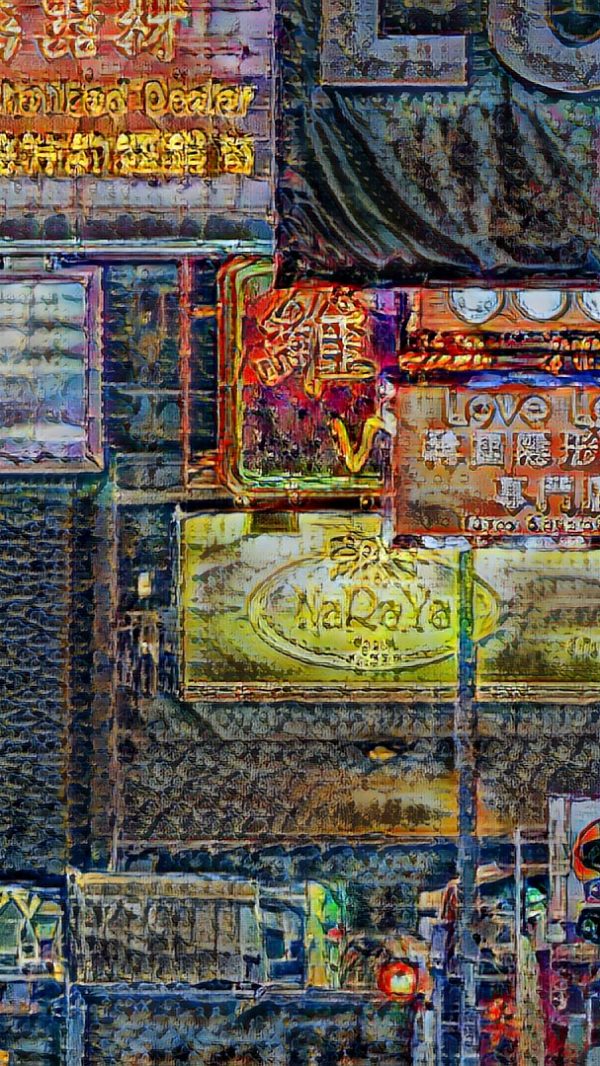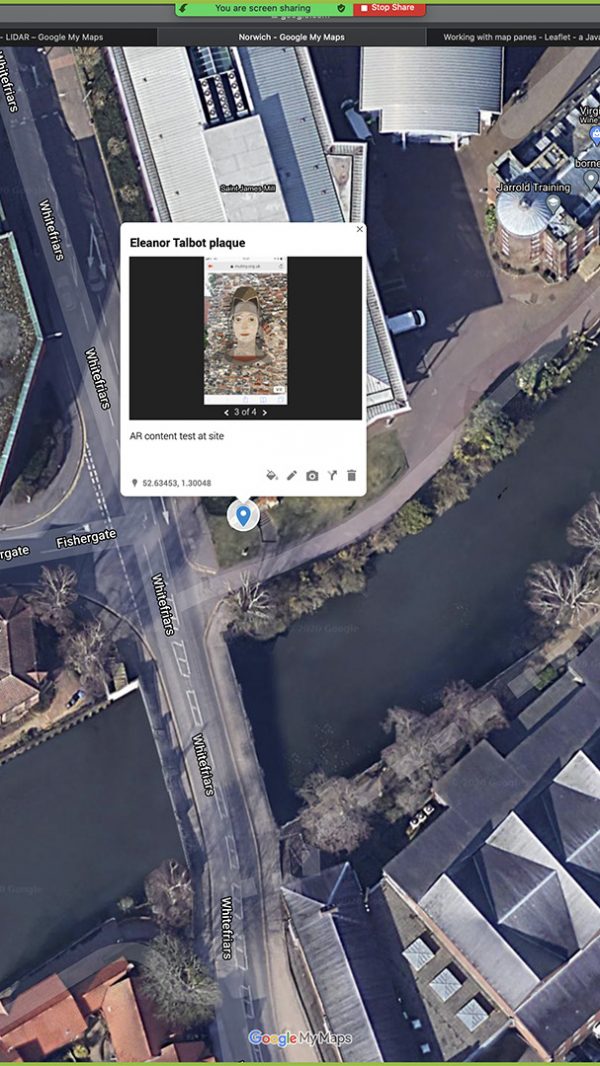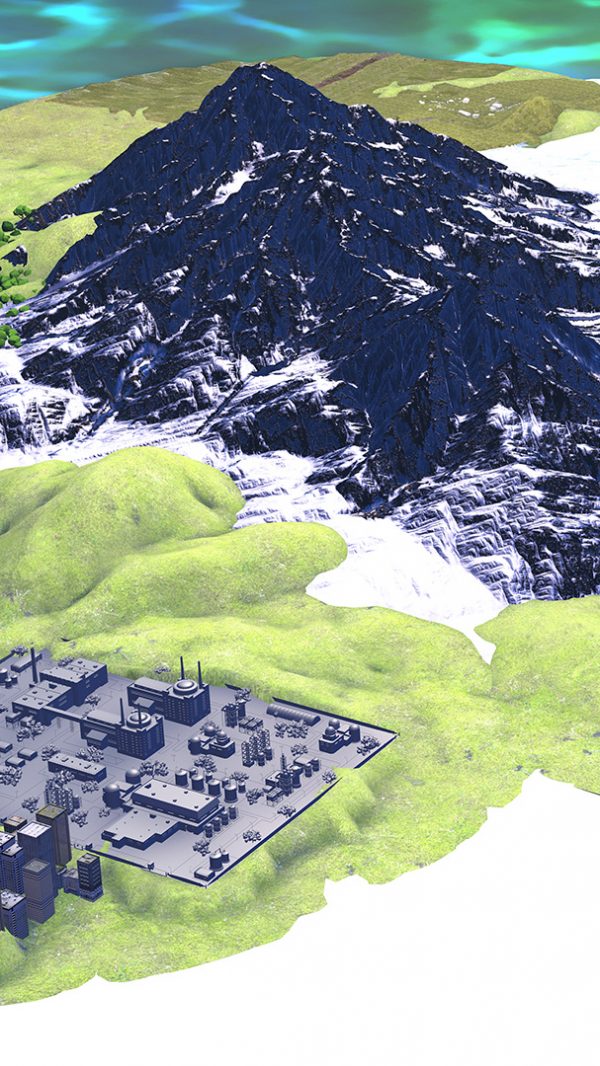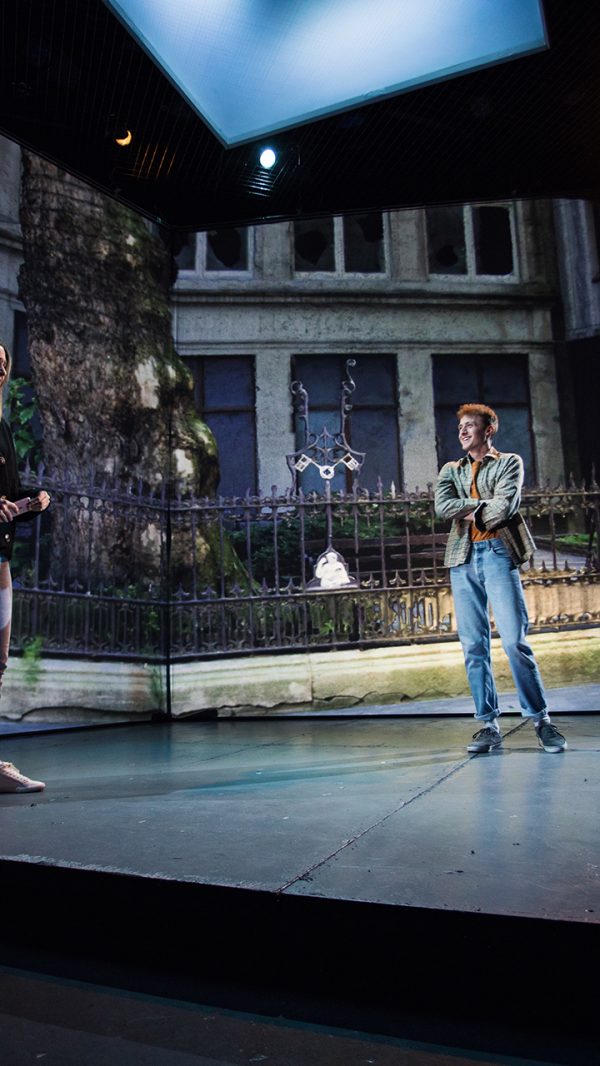The Story Behind… Where Do Stories Come From?
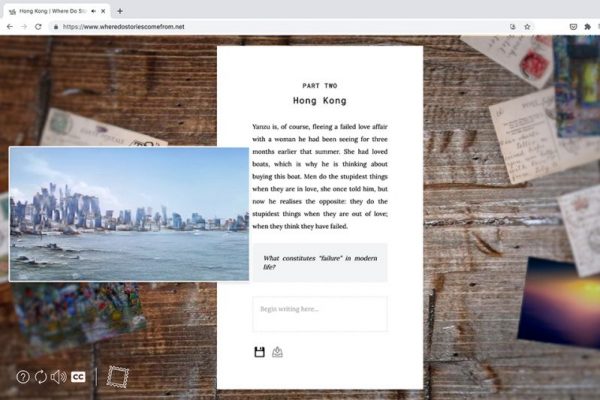
Tash Aw’s childhood home was not filled with books. His discovery of literature took place in a library, where he examined novels for the first time and tried to fathom their construction, a line of enquiry that eventually led him away from his chosen legal profession and onto a creative writing masters at UEA and subsequently a successful career as a novelist.
While the brief for the other Future and Form works was to explore what literature might look like in fifty years. An additional provocation for the Malaysian writer, was to explore how immersive technology might help to reveal the writer’s creative process. The idea was to show that the act of story writing is not the preserve of a genius writer or someone with a background steeped in literature, it is something that anyone can do.
Writing is traditionally a solitary act for such a long time Tash was also interested in the idea of co-creation with a reader at a much earlier stage and at the beginning of ‘Where Do Stories Come From?’ he speaks directly to his co-writer of the adventure they are about to embark upon. Although the story on which this experience is based, The Sail, is written and published, he sees all published writing as remaining unfinished. The reader brings fresh perspectives, the story could have been written in many ways and this is the point of ‘Where Do Stories Come From?’ to illustrate the myriad choices open to both the fictional character and the writer behind them, who brings their own experience and world view to bear.
Tash’s original vision for the project was to create an installation within a public library that visitors might stumble upon and interact with almost by chance, just as he had. It was conceived of as writer’s desk, where the participant would experience some of the visual stimuli and sound that Tash draws upon from memory or from recordings he has made on his travels to help hm recreate in prose the vivid sensory details of those places. They would then be confronted with story writing prompts and be asked to write their own version. Tash was always keen that the writer should take away their work so that it might act as the stimulus for further writing.
When Covid restrictions made a physical installation impossible, the project moved online but held onto those core principles and the aesthetic of the writer’s desk. Photographs selected by the creative team at Guildhall Live Events, in collaboration with Tash, were manipulated through machine learning into dynamic moving images that accompany images of original archive material from Tash’s creative process, held at UEA’s British Archive for Contemporary Writing, and creative writing story prompts. Sound effects from Hong Kong were added to weave a further layer of immersion into the experience.
In novel writing, where the text on the page must do the heavy lifting of rendering entire landscapes and interior settings and sounds in the reader’s mind. Tash finds that he needs the added stimulus of images and sound, as drawing a fictional world entirely from memory is too challenging. In bringing this stimulus to the reader in a more dynamic way using immersive technology, he is able to show the fledgling writer, how he breathes life into those descriptions.
At the end of 10-15 minutes of writing, the participant receives a digital artwork in the form of a postcard, containing their writing and a link to a version of it in a public gallery.
Here is what some of our participants have said:
‘The combination of sound and image creates a hallucinatory effect, feeding my decisions about the direction of the story.’
‘The prompts pushed me to write and I felt a sense of real achievement when I reached the end.’
‘I loved that I could take the story in a different direction.’
‘It was amazing, thank you.’
‘I want to go back and do it again.’
Thanks to the creative partnership between Guildhall Live Events and Tash Aw, this immersive experience, that transports the participant 6,000 miles away to Tash’s Hong Kong, not only illuminates the creative process it questions the rather conservative static form of a traditional literary text and offers a glimpse of a future form where there is a far more dynamic relationship between reader and writer.
Justine Mann, UEA Where Do Stories Come From project lead and director BACW.
